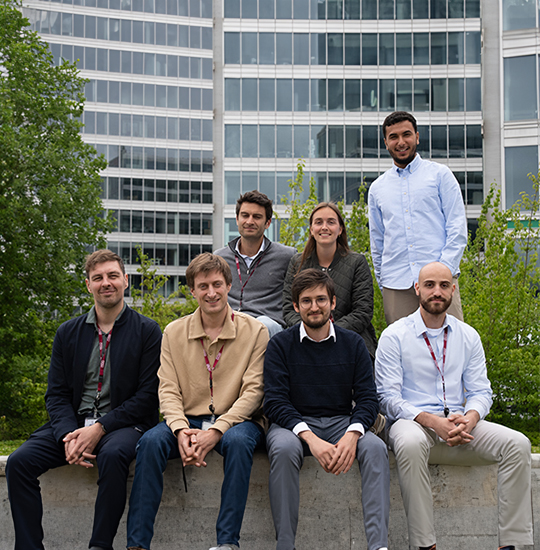The cost of ignoring your people
If you focus only on technical implementation, you overlook critical human dynamics that determine success or failure. BDO Global’s research identifies four key challenges that companies face:
As AI handles routine tasks, people might worry about losing essential capabilities such as reading between the lines. In a business culture where personal connection is key, the fear of diminished interpersonal skills poses a particular threat. Marketing and HR professionals show the highest concern, with 42% fearing job displacement, while technical roles show only 8% concern.
Employees change their behaviour when they know AI systems monitor their actions. This behavioural change leads to reduced authenticity and innovation, precisely the human qualities that give companies their competitive edge.
Successful AI transformation requires leaders who personally embrace and model AI usage. Yet many executives delegate AI initiatives to IT departments, missing a crucial point: AI adoption is fundamentally a leadership challenge as much as a technology one.
Traditional change management approaches prove insufficient for AI transformation. Why? Because AI fundamentally changes how people work, make decisions, and define their professional value.
The four-pillar solution: a human-centric approach
As there are quite some consequences of excluding your people in your AI implementations, the key is in involving them from the get-go. Organisations deploying a human-centric approach to implementing AI achieve remarkable results:
Embracing a future where humans and Artificial Intelligence collaborate seamlessly requires visionary leadership, active engagement from all employees, and a proactive approach from CHROs. Combining these elements cultivates a human-centric AI adoption that enhances career development and builds a future-proof and fit-for-purpose operating model.
Here's how the four pillars work in practice:
This means involving your teams in identifying AI use cases that benefit and are in line with your organisation’s strategy, designing new workflows, and establishing governance principles. When your employees shape the transformation, they will own the outcomes.
The BDO Global research shows successful AI transformations include executives who:

Research shows critical increases in demand:
But here's what many miss: it's not about replacing human skills with technical ones. The most valuable employees combine AI fluency with distinctly human capabilities such as creativity, empathy, ethical judgment.
Human strengths remain key: AI will change how we work, but our unique strengths like critical thinking, collaboration, and creativity are what set us apart.
You must move beyond traditional training to create continuous learning ecosystems. This means AI labs, hackathons, cross-functional experiments, and most importantly: the permission to fail and learn.
As AI reshapes how work gets done, HR must evolve from ‘traditional’ employee management to become architects of the AI-augmented workplace. Your HR department should analyse every domain within its organisation and act accordingly towards the new future of work. Consider rethinking aspects such as recruitment, career development, organisation structures, company values and so on.
Besides this, creating AI-augmented role definitions and developing ethical frameworks for AI use are other crucial aspects to take your company into the future of HR. A future where AI and the development of your employees go hand in hand.
Just as described above in Pillar 3, successful AI transformation is ultimately about people adapting to new ways of working, not just new tools.
The future of work will inevitably be different. While we don't yet have a clear picture of what it will look like, HR plays a crucial role in preparing the business for anticipated changes. This requires a human-centred, step-by-step transformation that keeps the organisation fit for purpose as a high-performance entity.
Assessing your readiness: the first step
Before embarking on your AI transformation, an honest assessment is crucial to know how ready you are for these disruptive changes. Not just once to know measure your baseline, but recurringly from different points of view and needs within an ever-changing volatile and uncertain environment.
Think about the following questions as a starting point:
If these questions reveal gaps, you're not alone. The difference between organisations that succeed and those that fail lies in acknowledging these gaps and addressing them systematically.

More facts & figures on the human side of AI? Check out the full BDO Global report: Human-centric transformation in the age of AI.